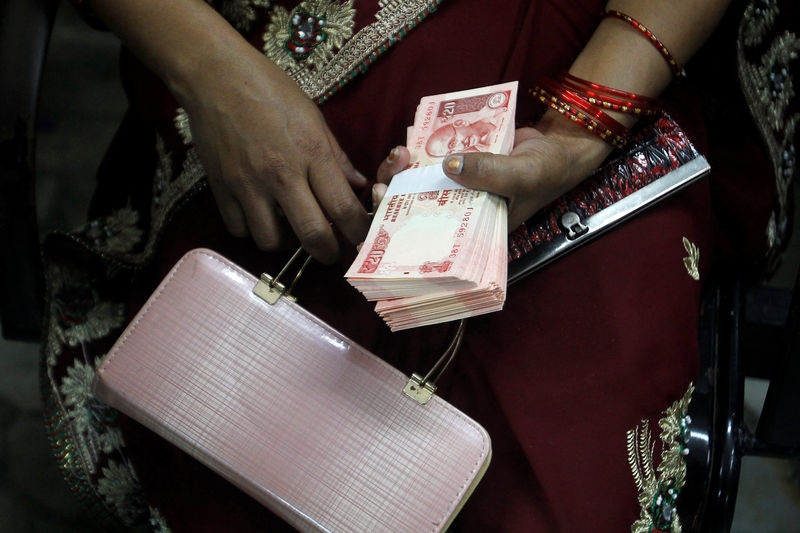U.S. inflation data ahead; Trump nominates new BLS head - what’s moving markets
Investing.com -- Capital Economics has projected further weakening of the Indian rupee and stock market due to a combination of domestic economic slowdown and challenging external conditions.
Despite some resilience to the recent U.S. tariff announcements focused on other nations, India’s financial markets have faced significant pressure, with the rupee becoming one of the worst performers against the U.S. dollar in the past two months and the MSCI India Index underperforming the broader emerging market benchmark since the fourth quarter of last year.
The Reserve Bank of India (NSE:BOI) (RBI) has adopted a dovish policy stance since the appointment of the new governor, which has coincided with a nearly twofold depreciation of the rupee against the dollar compared to the cumulative depreciation in the eleven months prior.
The RBI’s willingness to accept a larger scale of currency depreciation aligns with its looser policy approach and increased volatility in the currency markets. Following a recent rate cut by the RBI last week, Capital Economics anticipates additional policy easing, which could further impact interest rate differentials unfavorably for the rupee.
Although the RBI intervened in the currency markets on Sunday, leading to a significant gain for the rupee, Capital Economics believes that the central bank may allow for gradual depreciation throughout the year, provided growth remains subdued and inflation continues to decline.
The firm has revised its year-end forecast for the rupee to 90/$ from the current level of 86.50/$, adjusting from a previous forecast of 87/$.
Foreign investor sentiment towards India’s equity market may be dampened by the risk of a further fall in the rupee, but Capital Economics identifies the economic slowdown as a more significant factor for the market’s underperformance.
This article was generated with the support of AI and reviewed by an editor. For more information see our T&C.
